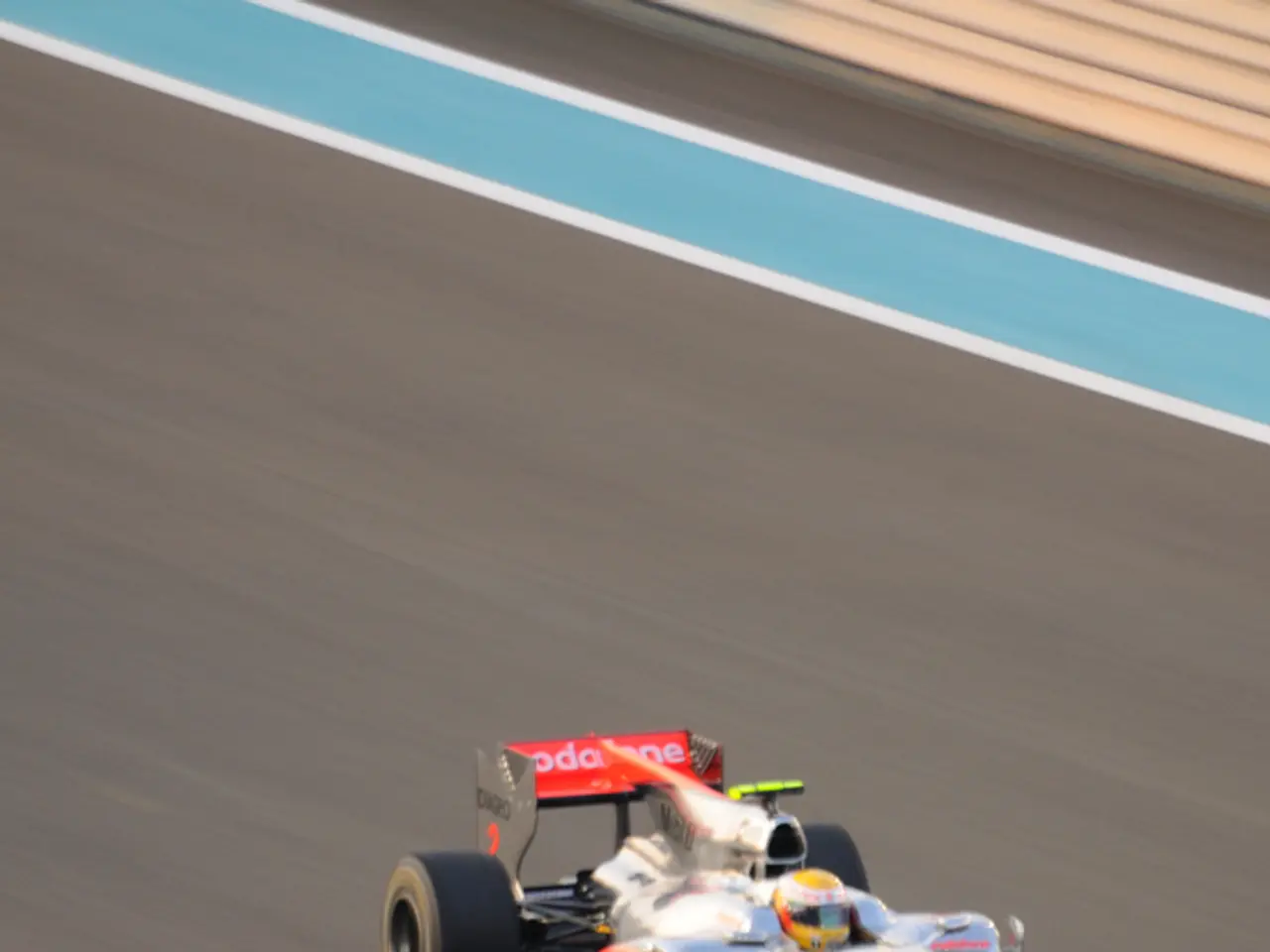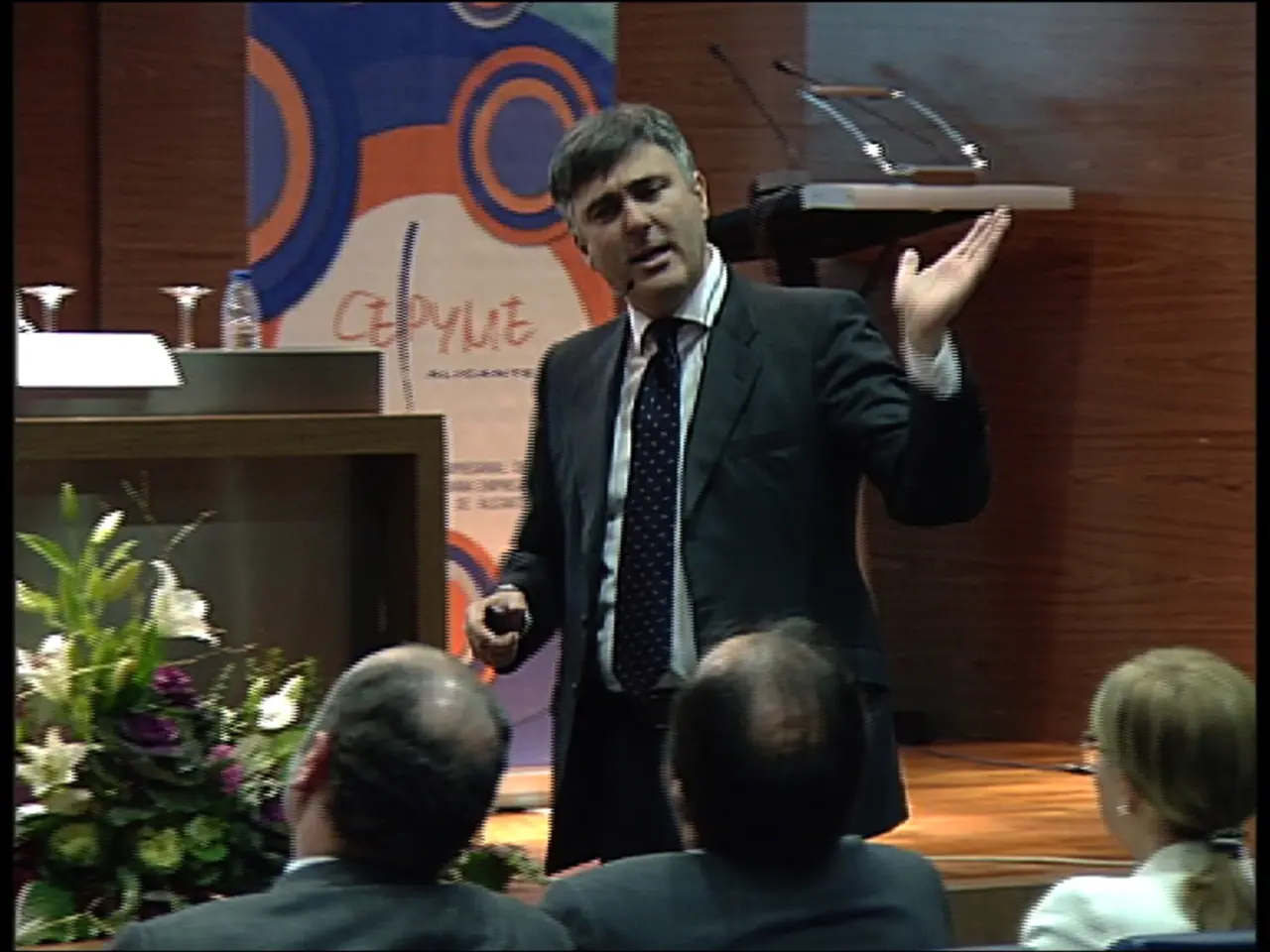American Car Manufacturers Greet U.S. Trade Agreement with Caution
In a significant move, the U.S. and the European Union have agreed on a framework tariff deal, setting a new 15% tariff ceiling on EU car and car parts exports to the U.S., providing immediate relief to the German and broader European automotive industry. This reduction has contributed to a positive short-term boost in European automotive stocks and eased some trade tensions [1][3].
The reduction in tariffs, from previously higher rates of up to 27.5%, has benefited notable giants like Volkswagen and Stellantis. BMW, Mercedes-Benz, and Volkswagen, among the best-selling German automakers in the U.S., are preparing new-generation plug-in hybrids and/or battery-electric vehicles [1]. The deal has been welcomed by Sigrid de Vries, director general of the European Automobile Manufacturers' Association (ACEA) [2].
However, challenges remain, especially with respect to supply chain dynamics and competition. European automakers remain vulnerable due to factors such as the 20% of European vehicle production that depends on exports to the North American market, which remains exposed to tariffs and trade uncertainties under frameworks like USMCA and bilateral U.S.-EU agreements [2]. The 15% tariff, while lower than before, still inflates costs of exported vehicles and components, potentially reducing U.S. sales volumes and pressuring manufacturers to adjust supply chains and production locations.
Supply chain challenges are significant. The phenomenon of "tariff stacking," where components crossing multiple borders incur cumulative tariffs, can increase costs and complexity. This particularly affects German and European suppliers whose parts often cross borders multiple times during assembly [2]. Moreover, supply chain disruptions and tariff-induced cost increases could lead some European OEMs to pull out or reduce presence in the U.S. market [2].
Regarding electric vehicles (EVs), the impact is mixed but important. While tariffs on EVs and parts have been aligned with the same 15% ceiling, the transition to EV production demands highly integrated and stable supply chains, especially for batteries and semiconductors—sectors also affected by fragile tariff exemptions and ongoing geopolitical risks [1][3]. The USMCA agreement (covering U.S., Mexico, and Canada) benefits manufacturers sourcing parts within North America by providing tariff exemptions, which can disadvantage European manufacturers who do not meet these rules of origin easily [2]. This encourages reshoring and regionalization of EV supply chains in North America, pressuring European suppliers to adapt or face market access challenges.
The German Association of the Automotive Industry (VDA) states that the 15% tariff under the U.S.-EU deal will cost the German automotive industry billions annually [3]. The VDA emphasizes the need for a solution to resolve turmoil in Europe's automotive supply chain regarding the North American market within the framework of the USMCA trade agreement. Sigrid de Vries of ACEA suggests that the EU and the U.S. should focus on reducing obstacles to vital transatlantic automotive trade for stronger economic ties and shared prosperity [2]. The ACEA will continue to assess the ongoing effects of the tariffs on Europe's vehicle manufacturing.
The U.S. will continue to have higher tariffs on automobiles and automotive parts compared to the beginning of the year. The deal reduces overall imports of most European products to 15%, down from previously threatened 30%. However, this will have a negative impact on industry in both the EU and the U.S., as some parts from Canada and Mexico are now subject to 25% U.S. tariffs if they don't have a certain percentage of North American content [2].
In conclusion, while the U.S.-EU tariff reduction to 15% has alleviated some pressure on German and European auto exporters, significant supply chain challenges remain, heightened by tariff stacking risks and competitive disadvantages under USMCA rules. The electric vehicle sector, requiring complex cross-border supply chains for batteries and semiconductors, is particularly sensitive to these trade and tariff dynamics, pushing European automakers to rethink logistics, sourcing, and market strategies in North America [1][2][3].
- The 15% tariff ceiling on EU car and car parts exports to the U.S., while providing relief to the German and European automotive industry, has also placed pressure on the supply chain, as notable automotive suppliers in Europe are affected by tariff stacking and the need to adapt or face market access challenges due to regionalization of EV supply chains in North America.
- The impact of the U.S.-EU deal on the automotive industry stretches beyond the direct effects on car exporters. The electric vehicle sector, which demands highly integrated and stable supply chains, is particularly sensitive to these trade and tariff dynamics, with European OEMs and suppliers needing to rethink logistics, sourcing, and market strategies in North America to remain competitive.






